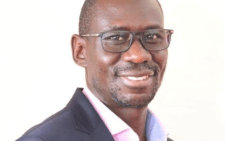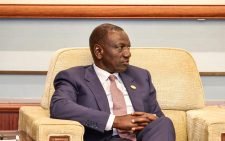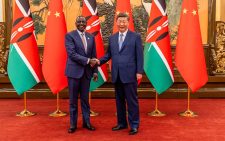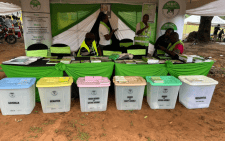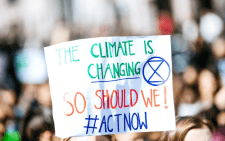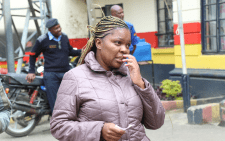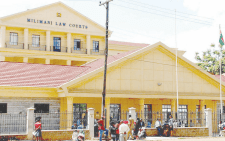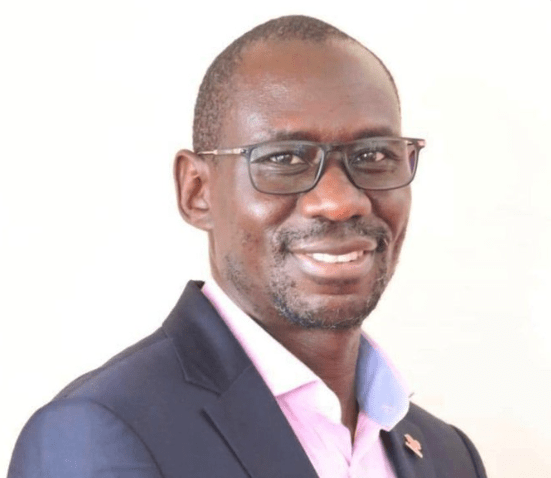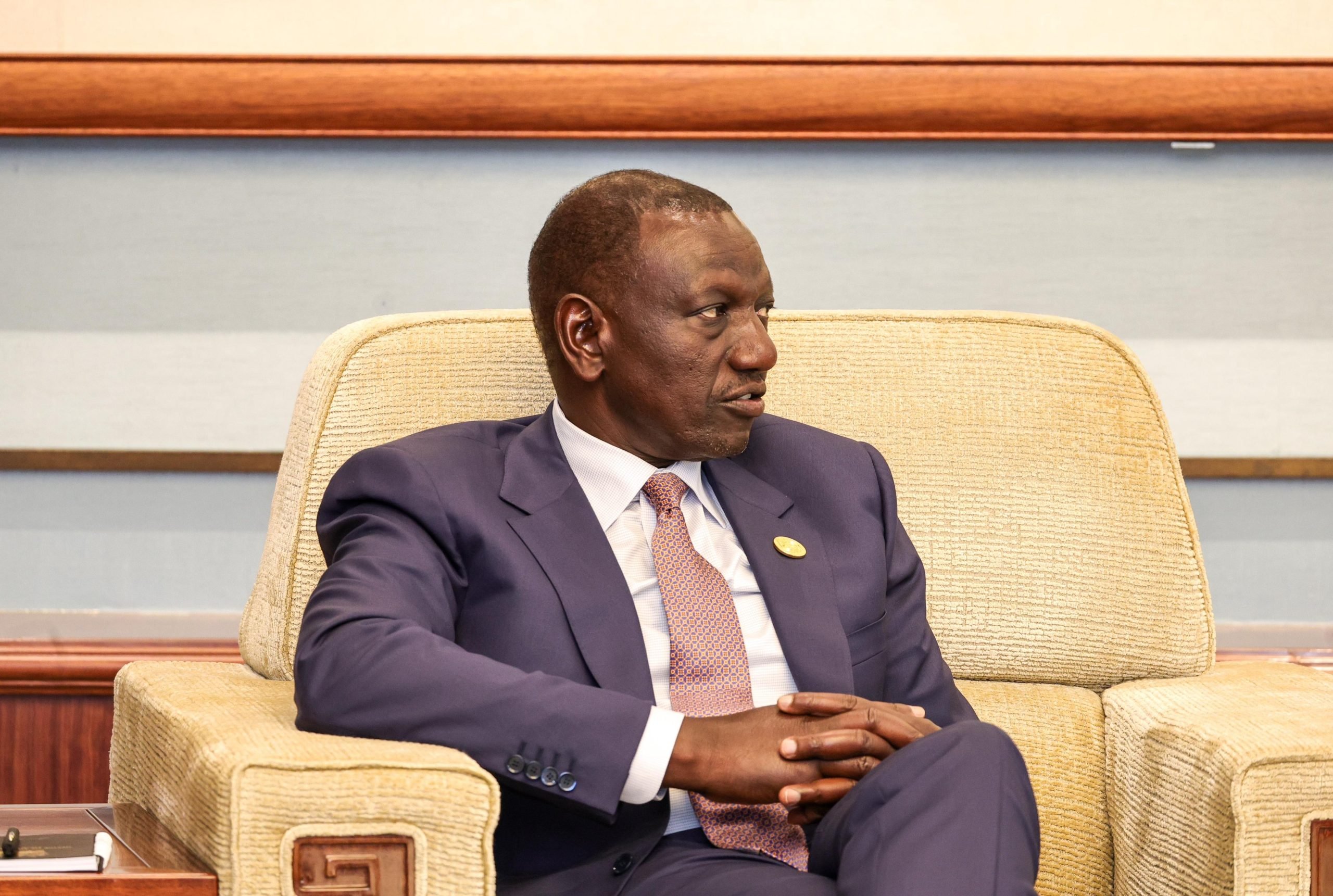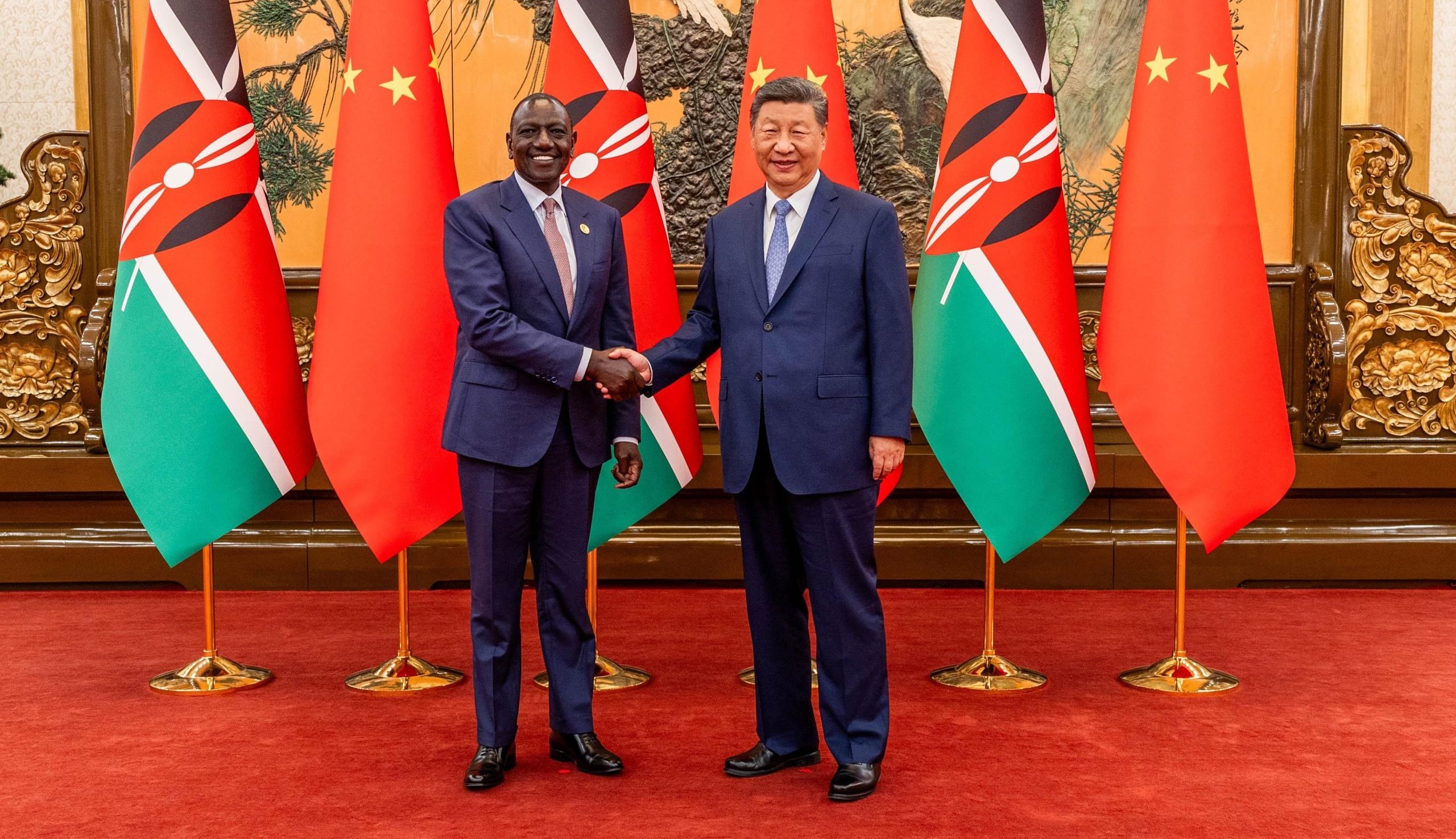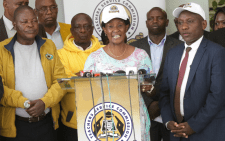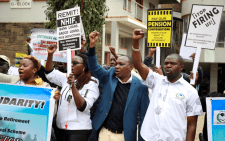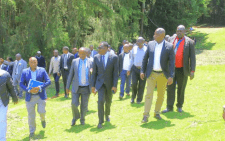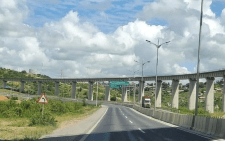Reports that the Communications Authority of Kenya (CAK) issued a warning to media houses “to be responsible in their coverage of protests” is worrying, coming as protesters have demanded accountability for human rights violations committed in the context of ongoing anti-government protests.
As the regulator of the ICT industry, CAK issues licences for electronic and broadcast media.
The protesters who came out on July 17 specifically demanded that people found culpable for the deaths and maiming of protesters in the past four weeks be investigated and prosecuted. That is the same day that CAK issued its warning.
Article 34 of the Constitution guarantees freedom of the media, providing that “freedom and independence of electronic, print and all other types of media is guaranteed, but does not extend to any expression specified in Article 33 (2)”.
It’s curious that in its latest caution, CAK particularly drew the attention of the media to limits on freedom of expression rather than the protection the supreme law guarantees the media.
CAK’s warning also came on the same day that veteran journalist Macharia Gaitho was abducted and manhandled by unidentified police officers, and a day after Catherine Wanjeri Kariuki of Mediamax’s Kameme TV was shot by the police while covering protests in Nakuru.
While Article 33 generally guarantees every person the freedom of expression, its clause 2 removes protection for any person who engages in propaganda for war; incitement to violence; hate speech; or advocacy of hatred that may constitute ethnic incitement, vilification of others or incitement to cause harm based on any ground of discrimination.
By failing to cite any specific instance where the media may have violated these limitations, preferring instead to send a letter to newsrooms, the CAK warning amounts to censorship as it leaves it to media outlets to guess what constitutes a breach of the curbs.
That does not bode well for freedom of the media, State obligations under international principles and guidelines on the right to protest in the context of the critical role that the media plays in monitoring and reporting on protests.
Contrary to the CAK caveat, the State has an obligation to allow and actively facilitate reporting on, and the independent monitoring of, protests by all media and independent observers, without imposing undue limitations on their activities and without official hindrance, as far as is possible, and without geographical restrictions.
The State should also ensure that no individuals documenting police actions and human rights violations during protests are specifically targeted because of covering and reporting on protests. Wilful attempts to confiscate, damage or break related equipment, printed material, footage, and audio, visual and other recordings should be a criminal offence and those responsible should be held accountable.
Photographing or video-recording the policing of protests by the media, observers, and other third parties should not be prevented, and any requirement to surrender film or digitally recorded images or footage to law enforcement agencies should be subject to prior judicial scrutiny.
International standards and best practice also require the State to establish programmes to allow designated and trained independent observers to gain access to protests for the purposes of observing, documenting and reporting on the protests. They should also be permitted to remain in the vicinity of protests following the issuing of dispersal orders and be granted access to detention facilities, unless there are exigent circumstances.
In order to ensure independent coverage and monitoring of protests by the media and observers, the State should refrain from imposing accreditation requirements. Officials should also guarantee the safety of journalists, media workers and observers, including use of special protection measures.
— The writer is the Executive
Director of the Kenya National Civil Society Centre; [email protected]


